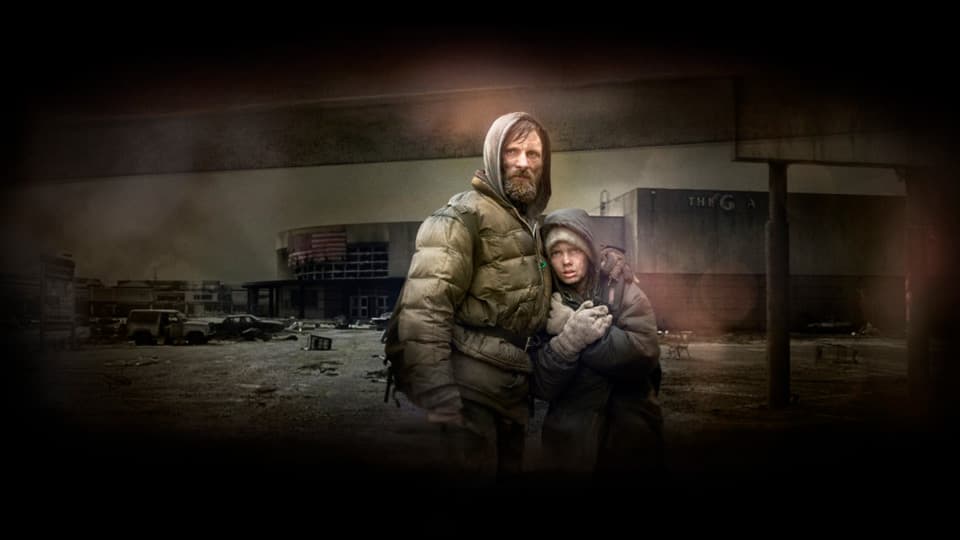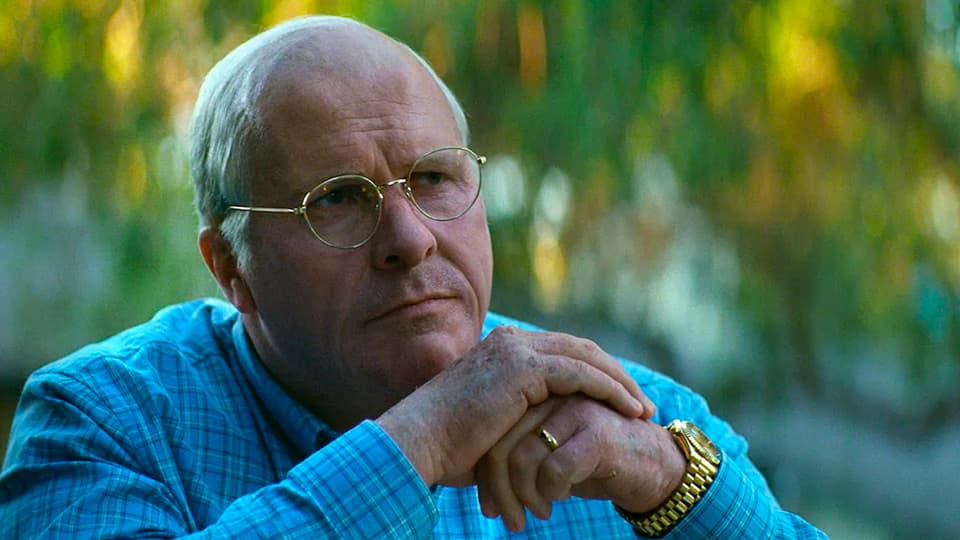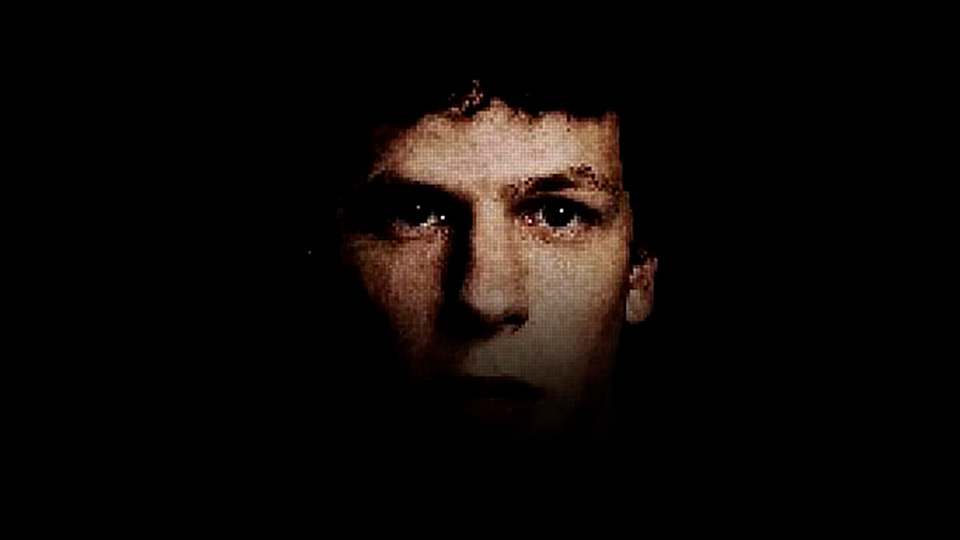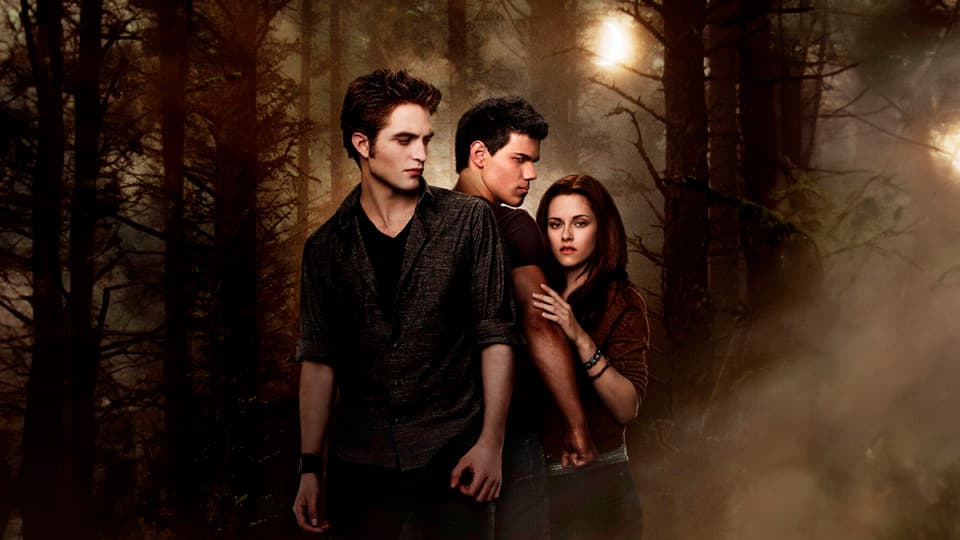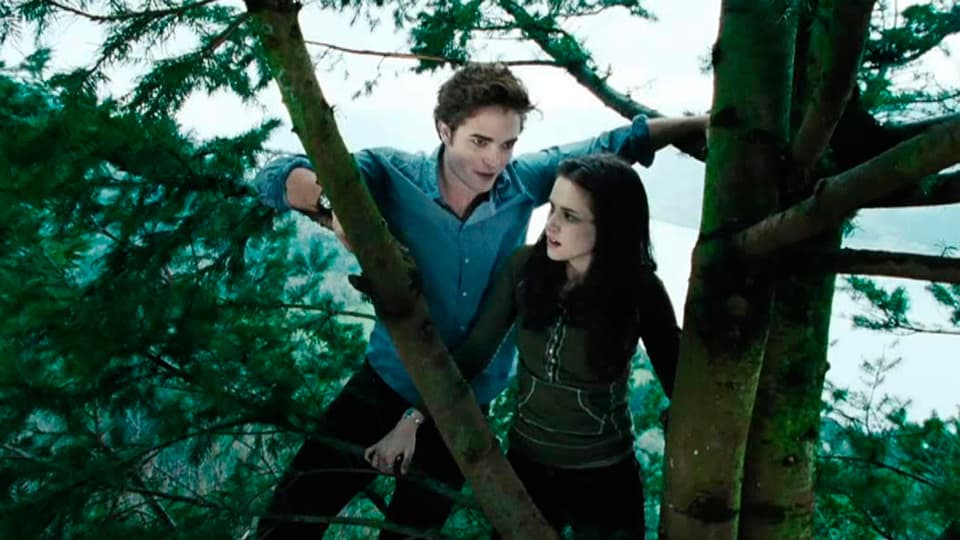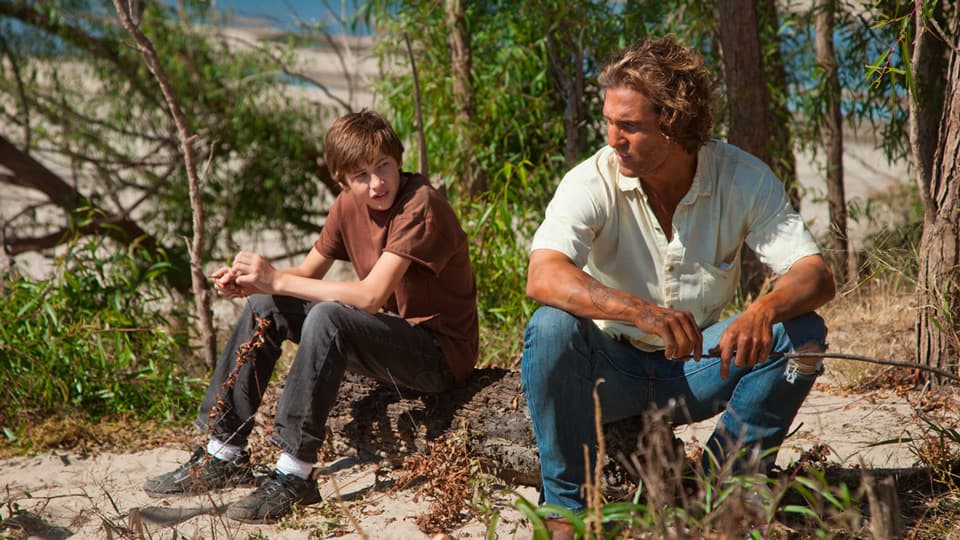Mood & Tone
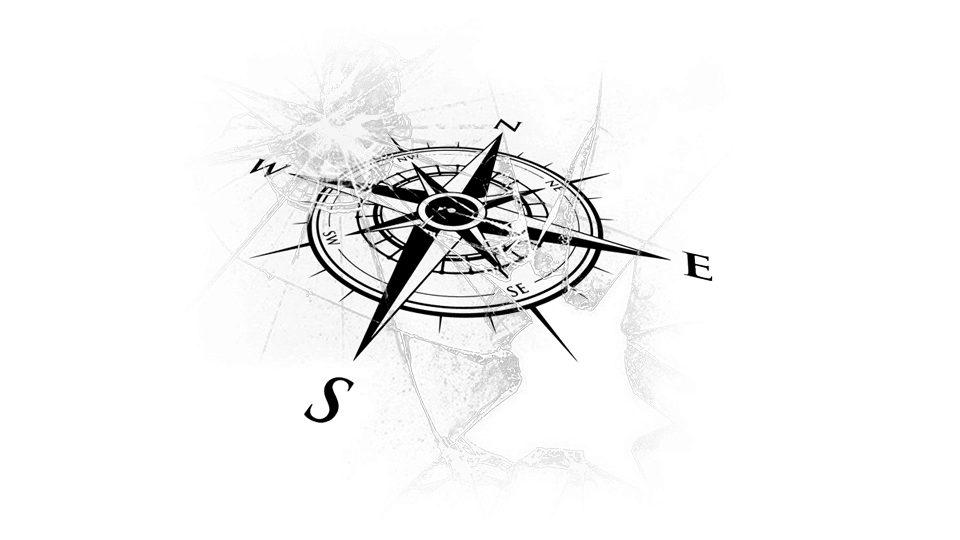
PHOTO: An illustration of a retro compass.
8FLiX Scripts and Screenplays Archive: ‘Mood & Tone’
Understanding the Look and Feel in Screenwriting: Key Notes
Remember: you’re writing a screenplay, not a book.
When it comes to screenwriting, ‘tone’ is merely suggestive. Although the screenwriter is the author of the piece, filmmaking is a visual medium. So, it’s the director who sets the ‘tone’ of the film. The Director of Photography (DP) and the screenwriter can advise, but it’s the director’s responsibility to tell the story.
We discuss this in greater detail a littler further down the page.
What tone is not.
– A specific character’s attitude toward something.
– The attitude of the narrator. This includes the attitudes of first-person fictional narrators.
– The mood or moods evoked by the piece.
If you’re experienced with screenwriting, you’ve likely come across the phrase, ‘Don’t direct the page.’ Simply put, it means, ‘Just focus on writing the script.’ While it’s perfectly fine to make suggestions, a screenwriter’s primary role is to tell the story on the page.
Directors are experts at transforming words into visual storytelling. They breathe life into scripts with their vision, which often aligns closely with the writer’s intentions.
What About Mood?
While ‘tone’ and ‘mood’ are often used similarly, in filmmaking the two are distinct.
Simply put, ‘tone’ is the filmmaker’s attitude toward the subject of the story. It’s established through the director’s choices in camera angles, lighting, color palette, and editing. In turn, ‘tone’ can significantly influence the ‘mood’ of the piece.
‘Mood’ refers to the emotions that the audience experiences while watching the film—their emotional reaction.
While it might seem obvious to some, it’s important to remember that screenplays and novels are two very different forms of writing. A screenwriter can only suggest tone and subtly imply mood.
What mood is not.
– The atmosphere of a scene (atmosphere is the sensation imposed upon the audience through ‘tone’).
– How a character feels.
– How the screenwriter feels.
Mood And Tone Working Together
It’s all about teamwork.
A film’s ‘tone’ often shapes the audience’s emotional experience, but it’s important to note that the ‘mood’ can shift from scene to scene even when the film’s overall tone remains consistent.
Viewers might feel excitement (emotion) while also experiencing goosebumps (sensation) at the same moment. The dialogue in a movie’s final scene, crafted by the screenwriter, combined with the director’s tone established earlier, can evoke a wave of different emotions and reactions.
When the screenwriter and director share the same vision, the outcome is nothing short of cinematic magic!
Subgenres Reflecting Mood & Tone
There are too many to list, but here is a small collection of the most popular.
Below is a list of 22 subgenres that take both mood and tone into account. If you’re searching for a particular mood and tone combination, this is a great place to start. Please note, this list is subjective and reflects my personal experiences from reading the scripts and watching the films.
Cerebral
Films that are ‘cerebral’ are more appealing to the mind than the heart. They can make you feel emotions, but they’re really meant to feed the mind.
Dark
Films that are ‘dark’ deal with fear, death, and the sinister side of human nature. Basically, subject matter that is generally considered taboo, serious, or painful to discuss.
Deadpan
Films that are ‘deadpan’ are amusing while affecting a serious manner.
Emotional
Films that are ‘emotional’ can be tearjerkers, that is true. But also those which evoke moderate anger or laughs can fall under this category.
Exciting
Films that are ‘exciting’ come with great enthusiasm and eagerness.
Feel-Good
Films that are ‘feel-good’ evoke feelings of happiness and well-being.
Goofy
Films that are ‘goofy’ are somewhat ridiculous, or mildly ludicrous. Sort of like crazy and eccentric in a harmless way. Basically, any Adam Sandler comedy.
Gritty
‘Gritty’ is often used to describe things that are dark and edgy. If a film is gritty, that means it is likely violent and depressing.
Heartfelt
Films that are ‘heartfelt’ are sincere, and wholehearted. And deeply and strongly felt.
Imaginative
Movies that are ‘imaginative’ are creative and inventive. James Cameron’s Avatar franchise is a primo example of imaginative films.
Inspiring
Films that are ‘inspiring’ are very encouraging. They make you feel like you want to do something real. Patriots Day (2016), the story of the 2013 Boston Marathon bombing and the aftermath, inspired some people to be a cop or soldier.
Irreverent
Films that are ‘irreverent’ have content that shows a lack of respect for people or things that are generally taken seriously. In terms of comedy, this is actually a compliment.
Mind-Bending
Films that are ‘mind-bending’ are often very difficult to understand. They feature complex storylines and characters. Movies like Memento (2000) and Inception (2010) are prime examples. Well, basically any Christopher Nolan movie.
Offbeat
Films that are ‘offbeat’ are different from the ordinary, usual, or expected. Perhaps even a little… off. Knives Out (2019) and The Ballad of Buster Scruggs (2018) are good examples.
Ominous
Films that are ‘ominous’ give the impression that something bad or unpleasant is going to happen. A threat is omnipresent; and there’s no indication if anything will or will not happen. Suspense-thrillers can often have a very ominous tone.
Quirky
Films that are ‘quirky’ have peculiar or unexpected traits in them. Wes Anderson’s movies basically define the genre. The French Dispatch (2020) and Moonrise Kingdom (2012) are two excellent examples of quirkiness.
Raunchy
Films that are ‘raunchy’ are generally vulgar, and often involve sexual activity. The American Pie movie franchise is a good example. HBO’s Euphoria, although not comedic in nature, could be considered as ‘raunchy.’
Scary
Films that are ‘scary’ are alarming and frightening. This feeling is not exclusive to horror movies, either.
Sentimental
Films that are ‘sentimental’ evoke feelings of tenderness, sadness, or nostalgia.
Suspenseful
Films that are ‘suspenseful’ arouse excited expectations or uncertainty about what may happen.
Understated
Films that are ‘understated’ are subtle but very effective, in their presentation.
Witty
Films that are ‘witty’ are clever and funny and timed just right. There’s dialogue that demonstrates sharp, biting humor and delivered playfully.
Subgenres Reflecting Primary Genres
Discovering nuanced genres.
A film subgenre is a more specific category within a broader film genre, defined by unique elements, themes, or storytelling techniques that distinguish it from other films in the same genre. Subgenres allow for more precise classification and often focus on particular aspects of mood, tone, plot, setting, or character types.
Each subgenre brings its own unique style, tropes, and conventions to the story, allowing filmmakers to explore different aspects of the genre in creative ways. Subgenres help audiences understand what type of experience they can expect from a film, providing a more tailored viewing choice.
We have more than 140 subgenres to explore.
Got a moment? Dive into our full database!
Don’t forget, you’ll need to register a free account with us before you can download assets. Here’s everything we have, starting with the most recent additions.
